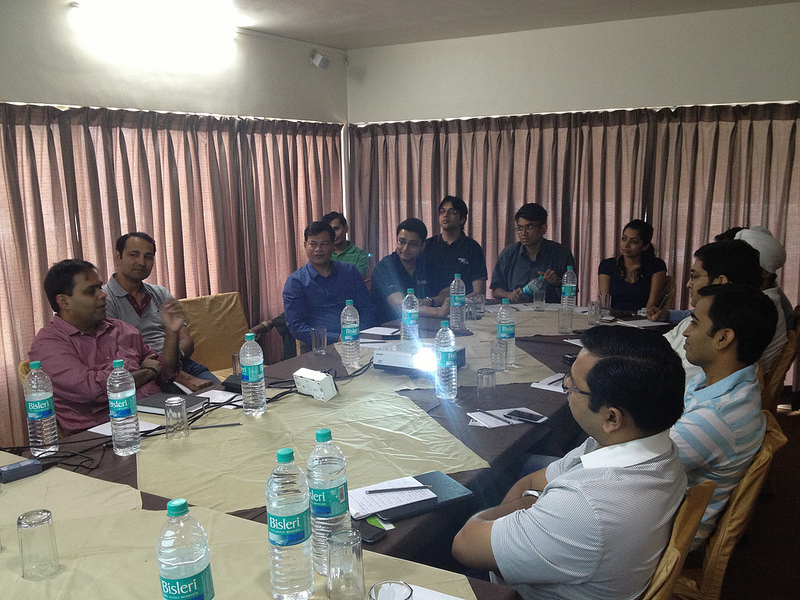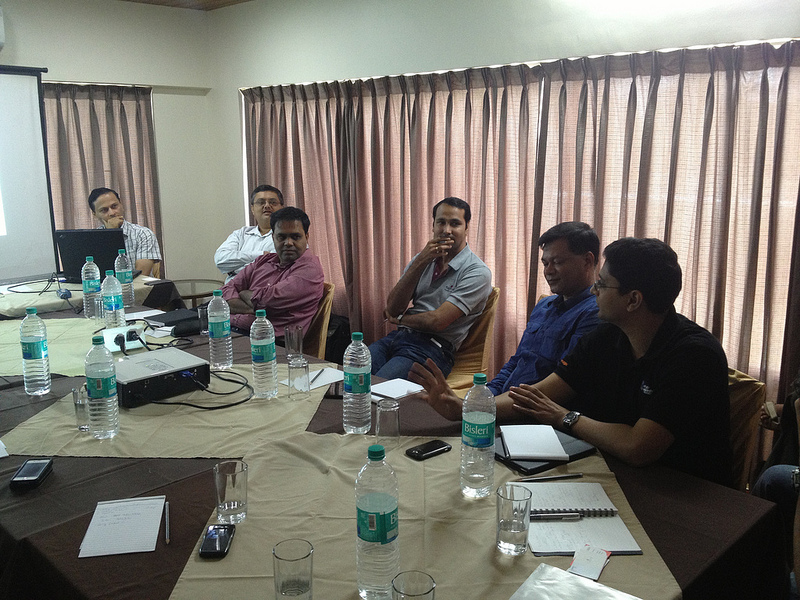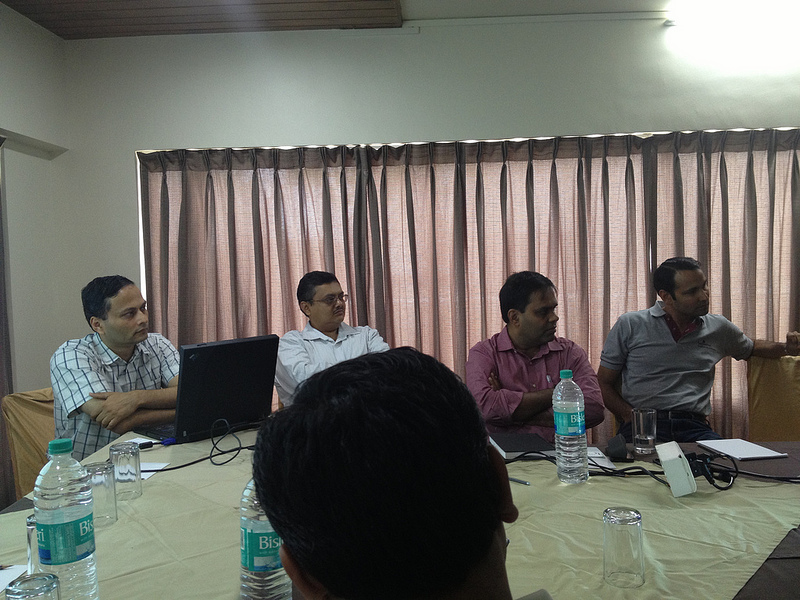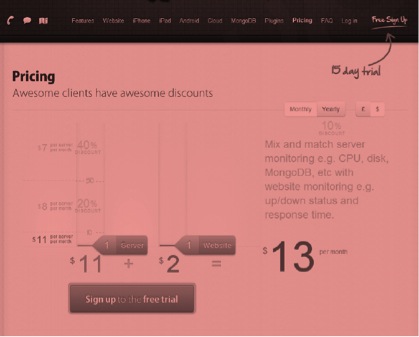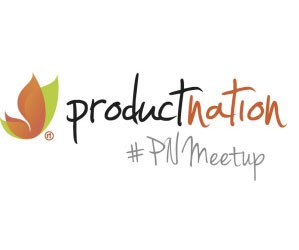Whenever faced by dilemma over any issue pertaining to sales and marketing, I recall a famous quote by Ben Feldman, who is considered one of the best salespeople in world history.
Don’t sell life insurance. Sell what life insurance can do.
Just by following this one mantra, Ben was able to insurance policies more than worth USD 1.8 billion in his life!
It would be unfair if I don’t mention Steve jobs here. Have you ever seen him selling Apple products? No! He would always sell you the idea of ‘how apple products can change your lives’. Watch his keynotes at the launch of iPhone or iPod and you will understand what I am trying to say here. Sadly I don’t see the same approach being used by Indian startups and product companies. Many of us are still struck at ‘Buy our product, this is the best; this is different; this is cheaper; this is awesome…..’.
Human brain is inherently averse to sales. The moment we realize someone is try to sell something to us, we tend to lose interest in the pitch, become defensive and start finding reasons why we don’t need the particular product (or service). So rather than doing direct selling using plain facts and figures, if you narrate a story about your product and how it can help fulfill peoples’ dreams, chances are they’ll listen to you. Research has proven that majority of the decisions are driven by emotions and not reasons. We don’t realize that because our brain tries to find logical reasons to justify the already made decision.
So triggering those emotions should be a critical component of company’s overall Sales story. Ideally the sales story should be centered around the following,
- Making people more powerful/ efficient/ potent through your product
- Making people passionate about your company and yourself
- Ringing alarm bells in peoples’ minds of losing out on something if they don’t buy your product
- Generating mystique and awe among people for your company and yourself
- Being just enough rebellious and loud to make some noise and stand out
- Developing trust among people for your company and yourself (damn important)
Let me take an example. I went for a sales meeting for some stakeholders from a global networking giant. Here is what I presented the first time,
‘WE are Company X. WEhave been doing this for so many years. WE have worked with companies like … WE’ll help your business grow to next level (x%). WE’ll help to save y% costs. We’ll increase your efficiency by z%, so on and so forth’
I got a good response but not a mind blowing one. We were asked to present to some other stakeholders in the follow-up meeting. I decided to try out something different this time. Here is what I presented,
‘YOU are Company Y. YOU have been doing this for so many years. YOU are doing good with a% growth, b% cost savings, etc. YOU are projected to reach here. What if we help YOU reach there. YOUR competitors are already catching up. We can help YOU leapfrog. We have already helped many companies to do the same. YOUR company is very good, we can make YOUR it awesome’
Boom!! Applauses all around!
Notice the ‘We’ centric approach compared to ‘You’ centric one. Research has proved that customer relations are more long-run and stronger in the latter approach. I have complemented ‘company’ with ‘yourself’ because your personal branding goes hand in hand with that of the company, as people don’t perceive you much different from your company. I can’t think of any aspect of life where you don’t have to sell anything. I believe aforementioned points are relevant in every sphere of life- job interviews, user acquisition, b-school interviews, advertising, online marketing, presentations, proposals, VC pitches, etc.
For the founders, it goes without saying that you should have questions related to positioning, value add to customers, target market segments, key differentiators, etc. clearly figured out before you start creating your sales story. Answers to these should be Crisp, Short, Tangible and Simple.
Happy Selling !!





